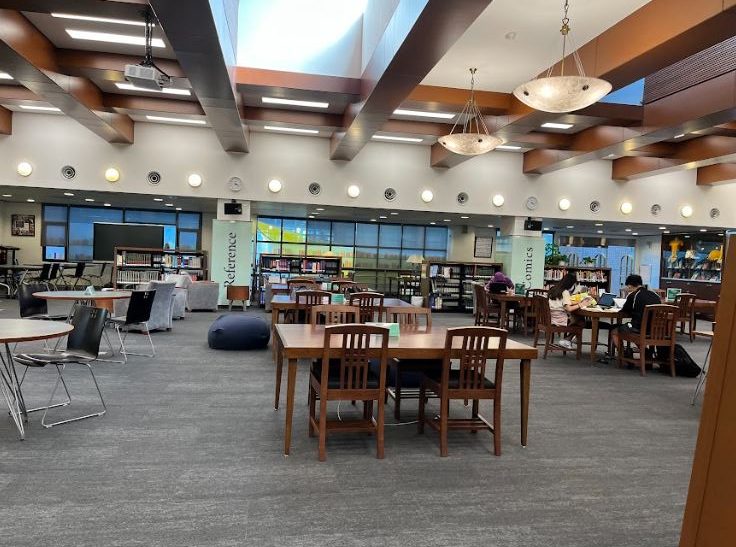How can late start days be improved?
Starting in the second semester of the 2022-2023 academic school year, 3 late start days have been scattered throughout the months. Introduced as a time for teachers to participate in professional development, classes on late start days start at 9:30 a.m. instead of the usual 7:45 a.m. for students. The schedule for the rest of the school day changes accordingly, with 65 minute class periods and no flex.
As late start days are appearing more throughout the rest of the year, students have started to wonder if the system will or should become the norm. However, the lack of efficiency and practicality of late start days in particular poses some problems.
Time management in and out of school tends to affect academics, focus and sleep. Late start days provide a solution to students’ lack of sleep, giving them over an hour of extra time in the morning. This is something that can be appreciated, given that the heavy workload at TAS often overly tires out students.
However, with a new schedule implemented on late start days, the rationality of the late start schedule should be called into question. Due to shorter class periods and a schedule that places period 2 at the start of the day and period 1 at the end, lunch periods are drastically earlier than usual. In fact, students with the A3 lunch period end up having their lunch period at 10:45 a.m., only one hour after they have arrived at school.
Having a lunch period placed in the middle of the day, as per the usual schedule, proves to be beneficial for many students, as it acts as a time to refresh themselves and take a break between classes. This becomes considerably harder with late start day schedules as some lunch periods start up to two hours earlier. Going forward, creating a more balanced schedule would help students adapt to late start days better.
Another change due to late start days is the removal of flex. Although some students prefer to have more time in the morning, others utilize flex to participate in school activities, such as club meetings, community events and meetings with teachers. Flex also gives students the opportunity to take advantage of school facilities such as the Fitness Center, libraries and study spaces. Since flex is a crucial part to students’ days, late start days aren’t benefiting students as much as they seem to be.
Lastly, due to short class periods, students have much faster-paced classes on late start days. Because of the inability to change the curriculum this late in the year, many teachers attempt to cram a full 80-minute lesson into the 65-minute class periods, which ultimately hinders student learning. In the future, if late start days become the norm, teachers ought to start to consider their time differences when preparing for classes to make the system more effective.
Ultimately, late start days have lots of potential and thankfully, seem to be a step in taking student needs into account, though certain changes to the current system should be implemented to improve the system further.

Erin is the Online Managing Editor for The Blue and Gold. She is a junior at TAS, and is excited to continue her time at The Blue and Gold to share work...


![A myriad of impressive trophies and awards. [ANNABELLE HSU/THE BLUE & GOLD]](https://blueandgoldonline.org/wp-content/uploads/2025/09/Awards2-600x256.jpeg)
![Students' calendars say goodbye to exam week. [ANNABELLE HSU/THE BLUE & GOLD]](https://blueandgoldonline.org/wp-content/uploads/2025/09/Exam-week-600x370.jpg)
![A collection of college flags. [PHOTO COURTESY OF AMBER HU ('27)]](https://blueandgoldonline.org/wp-content/uploads/2025/05/IMG_5029-600x289.jpeg)

![An SAT word cloud. [PHOTO COURTESY OF WORDCLOUDS]](https://blueandgoldonline.org/wp-content/uploads/2025/05/SAT-600x600.jpeg)